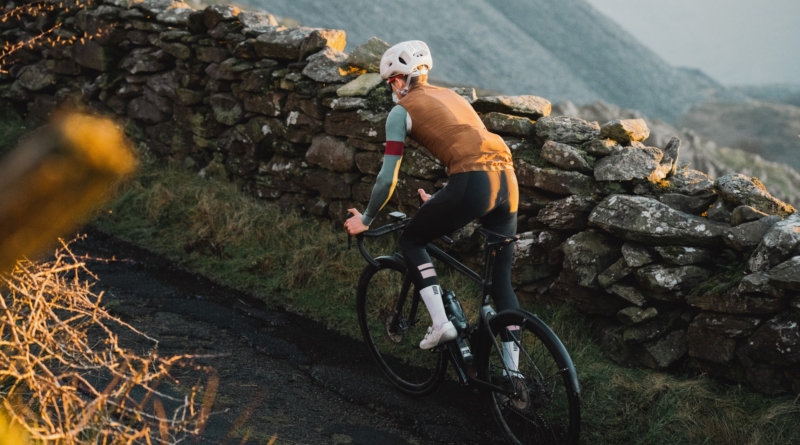Exploring the Pros and Cons of Climbing Out-of-the-Saddle vs. In-the-Saddle
Have you ever marveled at the effortless grace of some cyclists as they remain firmly seated while conquering a climb, while others appear to dance on their pedals, defying gravity? If you’re seeking to enhance your climbing skills, whether to secure a coveted Strava KOM or improve your performance on local ascents like Box Hill, it’s natural to wonder if there are techniques that can optimize your climbing prowess. In this article, we will delve into the pros and cons of two approaches: climbing out-of-the-saddle and staying in-the-saddle, giving you insights to elevate your cycling game.
Out-of-the-Saddle: Harnessing Torque for Enhanced Power

One advantage of standing up while climbing is the ability to generate more torque. Torque refers to the force applied to the pedals, which should not be confused with power output. When using a power meter, you’ll obtain a power output reading, calculated by multiplying the applied force (torque) by the pedal rotation speed (cadence). Torque assumes greater importance during climbs, where you must overcome the combined resistance of gravity and wind to maintain forward momentum. As the road tilts upward, you’ll feel the need to exert more force on the pedals, leading to a drop in cadence. This increase in torque requirement can be counteracted by getting out of the saddle. By utilizing not only your leg muscles but also your body weight, you can exert greater force on the pedals, resulting in increased power and improved speed.
In-the-Saddle: Conserving Energy and Efficiency

While climbing out-of-the-saddle may offer advantages, there are also drawbacks to consider. Firstly, standing up engages additional muscle groups, including the core and arms, in addition to the legs. This increased muscle recruitment demands more oxygen, causing a higher heart rate for the same power output compared to riding in the saddle. However, there comes a point where oxygen intake reaches its limit, hindering sustained muscle recruitment and power output. This decrease in efficiency can lead to faster fatigue, making prolonged out-of-the-saddle riding more taxing than remaining seated.
The Trade-Off: Efficiency vs. Aerodynamics

Another disadvantage of climbing out-of-the-saddle is the increase in frontal area, which results in greater aerodynamic drag. This means that, despite producing the same power, you may actually be traveling slower. So, while you may be expending more oxygen out-of-the-saddle, your speed could be compromised. Ultimately, the decision to stand or sit depends on finding the right balance between torque and efficiency. The trade-off will vary for each rider, based on their individual technique when climbing out-of-the-saddle. Some riders maintain almost the same efficiency whether seated or standing, while others experience a more pronounced trade-off. However, the most skilled riders understand the value of versatility, alternating between both approaches to optimize their performance.
Listening to Your Body: The Natural Switch

When it comes to choosing between standing and sitting while climbing, research suggests that your body instinctively knows best. Studies examining when cyclists transition between standing and sitting revealed that riders automatically stood up once they reached a certain torque threshold, and resumed sitting when it was no longer advantageous to be out-of-the-saddle, such as when cadence became too high. Therefore, it appears that your body possesses an innate understanding of what works best for you in any given moment. Trust your instincts, avoid overthinking, and allow yourself to naturally adopt the most effective approach.
Conclusion

The decision to climb out-of-the-saddle or remain in-the-saddle should be a conscious consideration based on the specific demands of each moment. While standing provides increased torque and power, it comes at the cost of energy efficiency and aerodynamics. Ultimately, finding the right balance between these factors depends on your individual technique and the demands of the climb. So, trust your body’s instincts and explore both approaches to unlock your full climbing potential. Remember, mastering the art of climbing requires a combination of technique, practice, and understanding the unique dynamics of your own body. Get out there, experiment, and conquer those climbs like a true cycling champion!
